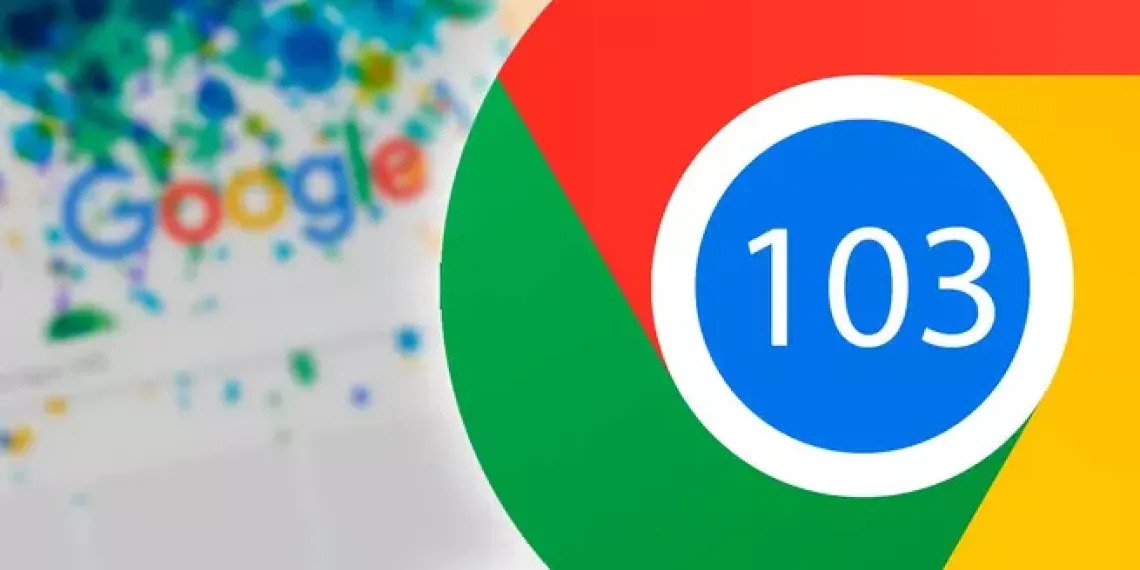“Qualcomm’s AI stack software uses AI that is ready to serve a different range of intelligent devices such as automotive, IoT, mobile, cloud platforms, and others. This demonstration majorly allowed a smartphone to release an image which is based on the text description of users in less than 15 seconds.”
Qualcomm, an American multinational corporation engaged in manufacturing semiconductors, software, and services related to wireless technology. It has shown the first demonstration of Stable Diffusion on an Android device in the world so that it can further enhance its endeavors in working with AI.
Also Read, Meta cracks down on ad-free Instagram client a day after it launched
What is Stable Diffusion?
It is a deep learning, text-to-image foundation model, and commonly used to release complete images based on text descriptions in no time, as seen on ‘DALL-E’ and other similar online platforms.
The AI Research team of Qualcomm for the first time have done full-stack AI optimizations utilizing the AI stack of the company to implement Stable Diffusion on an Android smartphone powered by its Snapdragon 8 Gen 2 platform.
In an announcement, company said, “For Stable Diffusion, we started with the FP32 version 1-5 open-source model from Hugging Face and made optimizations through quantization, compilation, and hardware acceleration to run it on a phone powered by Snapdragon 8 Gen 2 Mobile Platform,”
Qualcomm’s AI stack software uses AI that is ready to serve a different range of intelligent devices such as automotive, IoT, mobile, cloud platforms, and others.
This demonstration majorly allowed a smartphone to release an image which is based on the text description of users in less than 15 seconds.





